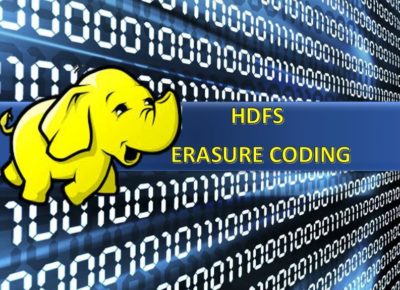The interview appears in the Danish magazine “EU-Information” No. 3, pp. 5, December 2016
To go or not to go Horizon 2020?
By Sasha Bermann, EuroCenter, Board of Research and Innovation
When does it make sense for a private company to enter Horizon 2020?
Chocolate Cloud CEO Daniel Lucani, gives an answer to the question: When does the Horizon 2020 program make sense and when is it a ‘no go’?
The company Chocolate Cloud ApS has secured its first Horizon 2020 project, SecureCloud, but this is not Daniel Lucani’s first Horizon 2020 project. The CEO’s CV contains other research and innovation projects, as is the case with some of his colleagues in Chocolate Cloud. Therefore, he knows the problem of EU funding very well from a company’s perspective.
Why did you decide to apply for Horizon 2020 funds?
I did so because I saw an opportunity to develop the company’s core competences, which would be useful in terms of our medium-term product development. In addition, I also saw the possibility of expanding our international network with industry and university actors.
What did you take into consideration before you made the decision to apply for Horizon 2020 funds?
It was imperative that Horizon 2020 fits into the company’s commercial roadmap, so that the Horizon 2020 activities would strengthen our business. The resources we use on the Horizon 2020 project are resources which we cannot apply to other commercial activities. I knew in advance, because of my previous experience with EU-funded projects, that the project would definitely require some resources. For a partner – not a coordinator – it takes about 100 hours to review the application process. The life of the project is also very resource-intensive. Here I refer not only to the technical but also to the coordination within the consortium and to the reporting to the European Commission.
What would have changed your decision or what could have been the so-called ‘no go’?
You cannot go on with an application if the Horizon 2020 announcement does not fit into the overall strategy of the company. If that was the case for Chocolate Cloud, we wouldn’t have been in SecureCloud today. Another important factor is the composition of the consortium. In my view, a consortium should be composed of a mix of academic participants, industry participants and end users, and that is what we got in SecureCloud. We do not go into projects where the consortium’s inner circle does not know each other.
What is the added value of a Horizon 2020 project versus a Danish funded project?
The big difference is the international dimension of a Horizon 2020 project, where you typically have partners from a number of different countries in the project. It is ideal if the market you are looking for is international instead of your home market. At the same time, I would like to point out that the international dimension, of course, also challenges the cooperation within the consortium simply because of the geographical distance.
What strategic considerations did the Horizon 2020 project lead you to?
The SecureCloud project has provided us with a thorough discussion of our core technology with our end users and partners. It has given us a better understanding of their needs. At the same time, these discussions have had a significant influence on our vision and future strategy.
HINTS
Daniel Lucani’s recommendations for private companies considering Horizon 2020:
- Have a common vision for the project in the consortium.
- Know the key partners in the consortium: The stronger the relationship between the partners, the better the cooperation will work.
- There must be some experienced partners in the consortium, especially the coordinator should have experience. Integrate some academic partners in the consortium, because they are used to writing applications to Horizon 2020 and, thus, have a very valuable contribution to the process. They also have a supporting organization that can help run the project when it’s in progress.
- Good balance in the consortium: A good consortium should include both academic partners, industry partners and end users.
- Be sure to give the project a complete schedule to suit your company’s commercial roadmap: As a company, you should learn things that you can commercialize later. This happens when you keep in touch with the development of the project.
- Be serious about your commitment to the project: Be aware that the project will swallow some resources, so do not go into the project without a clear idea of what you want to get out of it – for example a project result that you can commercialize later.
- Be realistic in your expectations of what the project can do for you: Horizon 2020 brings together different teams, it does not create a product, but it paves the way for you to create a product based on project results.
- Be active in the application process: this gives you the ability to influence the design of the application, ensuring that it is relevant and valuable to you.









